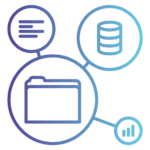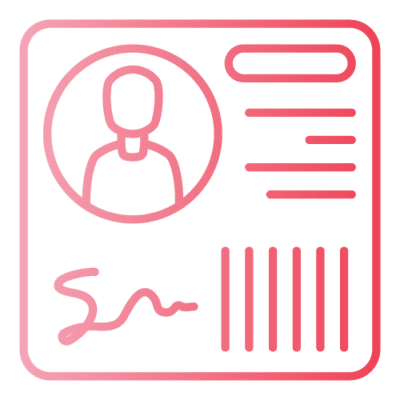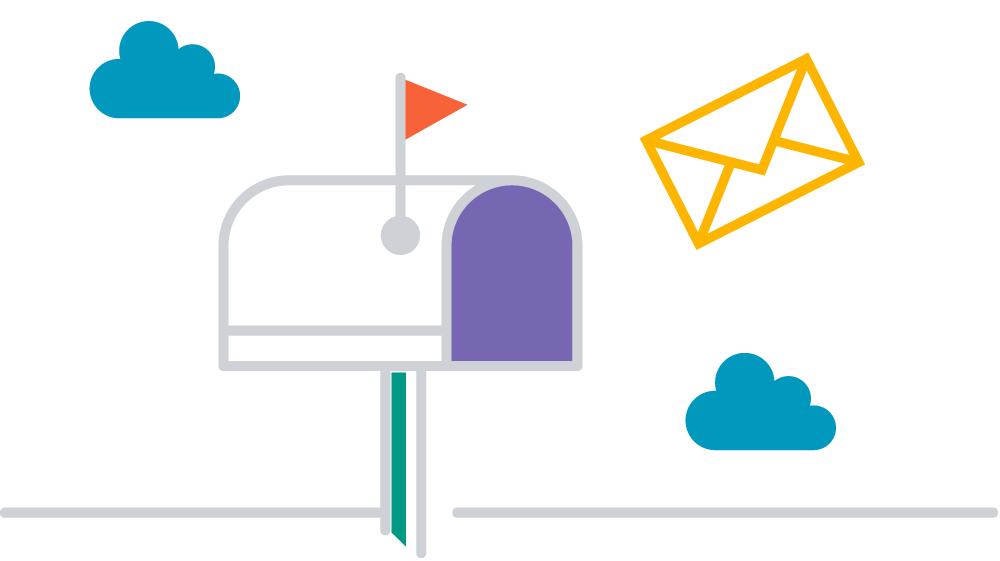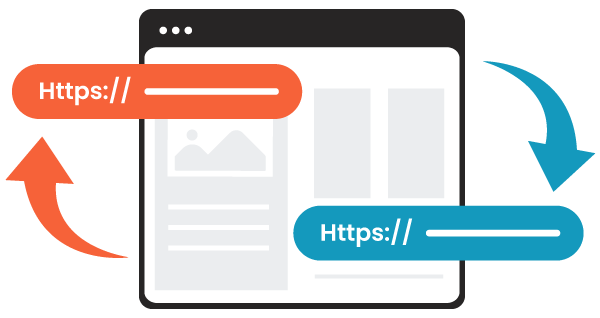According to The World Economic Forum, humans are projected to generate 463 exabytes every day by 2025. If you’ve never heard of an exabyte, you’re not alone. One exabyte represents a quintillion bytes — about as much data as 549,755,813,888 photos — generated every day.
This probably sounds overwhelming. Fortunately, no one needs to track all the data generated in the world, but the amount of data generated and collected does continue to grow in the 21st century. For businesses, government entities, and nonprofit organizations, this data is an unprecedented resource to understand operations, improve efficiency, and measure impact.
Below, we’ll focus on nonprofits, in particular, and explain how effective data management can help these organizations do more with what they have and gain more resources to boost their impact.

Why It’s Important That Your Data Is Well-Organized
Nonprofit organizations vary widely in size, scope, and purpose, and serve diverse communities and individuals, each with its own unique needs. Funding for these organizations and programs come from a variety of sources: government funding, fundraising campaigns, sponsorships, donations, endowments, and more.
The world of nonprofit management can be chaotic, with nonprofits often born out of grassroots efforts and community organizing, and yet they are exceptionally obligated to collect, organize, and report their data. Government regulations, grant programs, donor relationship management, and fundraising efforts in the community all require fund recipients to maintain exceptional transparency (compared to for-profit business enterprises).
Data collection and data analysis are the keys to many vital functions of any organization trying to make a difference, and last-minute data collection and processing for annual reports are arduous at best — and impossible at worst.
Organizations need to establish a data management strategy long before any report is due, for a variety of reasons:
Essential for tracking outcomes
Human services organizations ultimately aim to improve the lives of individuals and the communities they live in. But how can anyone measure improvement without first establishing a baseline? Collecting data on demographics, communities, and the individuals within them can help organizations determine which issues should be addressed, and how well they are being addressed. Once these key metrics are established, they can be tracked. With a strong data management plan in place, an organization’s value is easy to demonstrate and share with all stakeholders.
Required for grant reporting
Nonprofits hoping to expand their reach and do more good will often engage in grant writing to bring in more funds. But those funds frequently come with strings attached, sometimes in the form of mandatory grant reports. Grant reports allow grantors to see exactly how their funds were used, and how effectively an organization is turning those funds into results. A nonprofit organization’s data can have a huge impact on the success of future grant applications, not to mention public trust when those reports are shared on spending transparency sites like USASpending.gov.
Informs service planning and delivery
Nonprofits can leverage their data to improve preparations and delivery of resources and services to better serve their constituents. Day-to-day operations can generate a huge amount of data which can be stored and analyzed to prepare for changes in demand. Nonprofits that can track and predict upticks in demand have more time to procure necessary supplies, volunteers, and funds. When people depend on a nonprofit for survival, having resources available is of the utmost importance.
Tracking Different Types of Data
No two organizations, nonprofit or otherwise, generate or benefit from collecting the exact same data points. Every nonprofit and the clients they serve face unique challenges, which can be measured in unique ways. All of this data works together to paint a picture of the organization’s efforts: funding data impacts program data, program data affects enrollment capacity, enrollment data influences demand for employees, volunteers, and resources.
Track a diverse range of types of data — both quantitative and qualitative — to gain a detailed, holistic understanding of the community’s needs and what you can do to help. Some key metrics to form a thorough understanding of your organization include:

Program data
Nonprofit program data refers to the specific information and metrics related to the programs and initiatives undertaken by a nonprofit organization collected to assess the performance, outcomes, and impact of the nonprofit’s programs.

Financials
A nonprofit, like a business, must keep track of incoming and outgoing funds to establish a sustainable spending plan. Incoming revenue can include government funding, grants, and sponsorships. Many nonprofits create and manage a customer relationship management (CRM) tool — or a dedicated donor database — to track donors, contact information, giving histories, and other donor information to inform fundraising campaigns. Outgoing expenses — personnel payroll, provider contracts, supplies purchased, services rendered, etc. — are often huge determinants of a program’s efficiency and might be required in grant reports, annual reports, or simply for the sake of transparency and public trust.

Client profiles
Nonprofits, especially those within the human services sector, would not exist without the humans they serve. Relationships with individuals are at the core of assisting and uplifting communities, and these individuals are as complex as their challenges, goals, and circumstances. Case management software allows social workers and other human services providers to create custom data types with which to record and measure any piece of data relevant to these individuals’ well-being. Demographic information — age, gender, race, income, location, etc. — can help organizations understand and address systemic macro-trends within the population.

Staff and volunteer hours
Payroll aside, tracking staff and volunteer hours allows nonprofits to provide an accurate account of how personnel time is allocated and utilized. Staff and volunteer hours contribute directly to the delivery of programs and services. By tracking these hours, nonprofits can better assess the relationship between resource investment and outcomes achieved. Furthermore, volunteer hours may need to be tracked for records of internships or community service for some participants.
Tips for Managing Nonprofit Data
The cornerstone of effective data management for any entity — nonprofit, for-profit, or even individuals — is continuous data entry and integration. Incrementally adding to your database, or integrating your database with data streams, means your data keeps up with your operations — and not the other way around.
Thanks to the internet and cloud-based technologies, continuous, effortless database management is easier than ever before. By connecting databases directly to sources and automating data entry, users are able to view up-to-date data and visualizations at any given moment and share them with team members with the click of a mouse.
The breadth and depth of data being generated and made available each day can feel overwhelming, but can be managed easily by anyone if you have the right system in place. And the insights it can provide are invaluable to any organization that hopes to not just survive, but thrive.

Using the Right Software Can Make All the Difference
CaseWorthy’s configurable case management solution can track any type or amount of data a nonprofit organization could want. Collecting and managing all of this data within one system allows users to draw connections and conclusions from a variety of sources, correlations, and visualizations in an instant.
CaseWorthy’s intuitive user interface involves a series of well-designed dashboards so you can lay out all of your most important information clearly and intelligently. If your organization’s needs or processes change at any time, our easily configured dashboards can change with you, so you’re never limited by your system’s capabilities.
If you’d like to hear how CaseWorthy can serve your organization, let us know. Our team of human services experts would love to talk about your organization’s work and how we can help.


